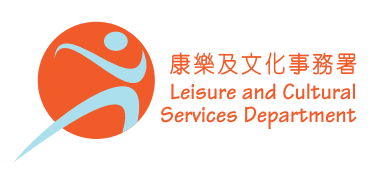Painting Apart from the World: Monks and Scholars of the Ming and Qing Dynasties
The Chih Lo Lou Collection
du 5 novembre 2021 au 6 mars 2022
This exceptional exhibition presents more than one hundred masterpieces of classical Chinese painting. Shown in Europe for the first time, these paintings and calligraphies were created by the greatest masters of the Ming (1368–1644) and Qing (1644–1912) dynasties.
Before being donated to the Hong Kong Museum of Art in 2018, these works were patiently brought together by the collector Ho Iu-kwong (1907–2006) who, following Chinese tradition, named the collection Chih Lo Lou, “Pavilion of Perfect Bliss”.
Tuesday to Sunday, 10am to 6pm,
except for public holidays
(ticket office closes at 5:30pm).
Full rate: € 9
Reduced rate: € 7
Free for holders of the Paris Musées pass, for under 18s, for the disabled and their carers.
Free access to the permanent collections.
Three centuries of Chinese painting
The works presented in Painting Apart from the World were created at a pivotal moment in Chinese history, between the mid-fifteenth and the early eighteenth centuries, a period of significant historic rupture that resulted in a dynastic shift. During these three centuries of grandeur and misery, the timeless aspirations of sages and poets to withdraw from the world to live in the forests and mountains took on new meanings under the painters’ brushes.
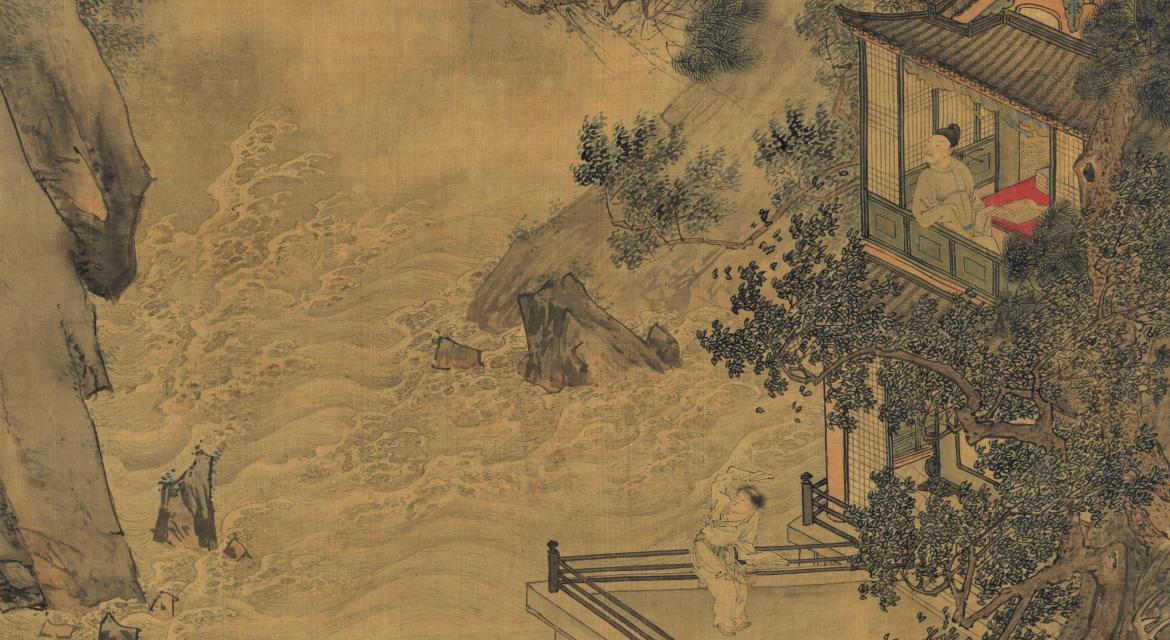
Ink and colors on silk
119.4 x 54.5 cm
© Hong Kong Museum of Art
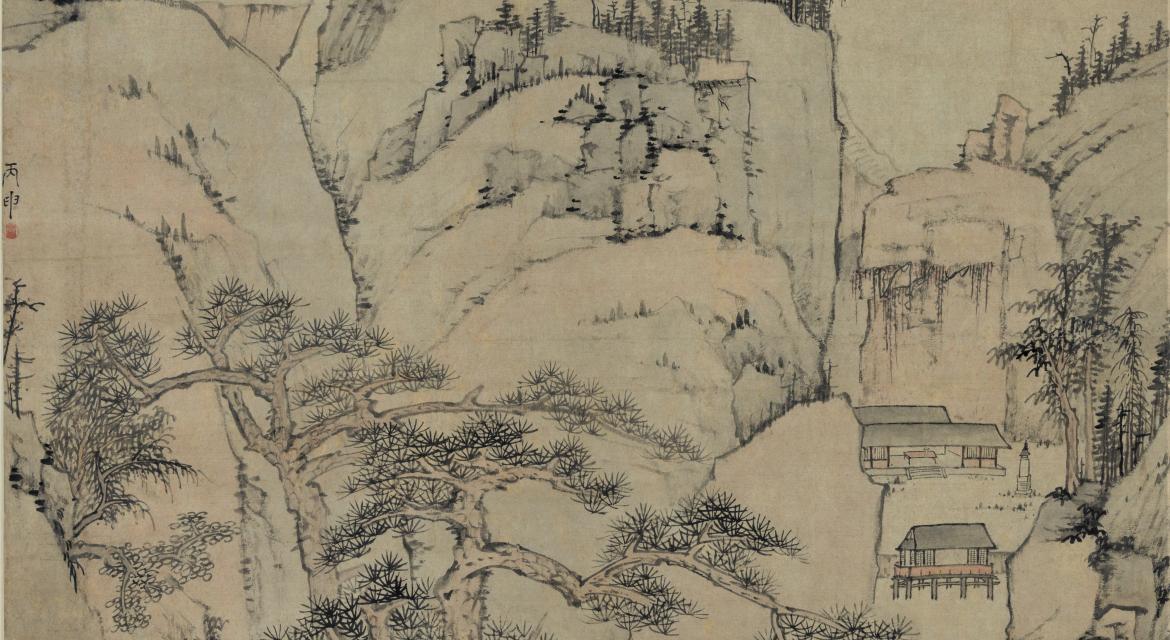
Ink and colors on paper
150 x 103.5 cm
© Hong Kong Museum of Art
Gardens, landscapes and the quest for wisdom
The landscape genre has played a major role in the history of Chinese painting since the Song dynasty (960–1279). Under the Ming dynasty landscapes and gardens were invested with different meanings, reflecting collective practices, as well as the most personal of aspirations. Thus, the gardens of southern China evoked by the renowned painters of the Ming dynasty, including Shen Zhou (1427–1509) and Wen Zhengming (1470–1559), present the poetic image of an ideal shared by many scholars of this period. In the midst of lives mainly dedicated to the duties of their bureaucratic positions, some saw in these corners of nature, places where the quest for wisdom became possible through study and meditation. Others describe, in the form of vast landscapes that unfold over long scrolls, the stages of the journeys undertaken in dreams.
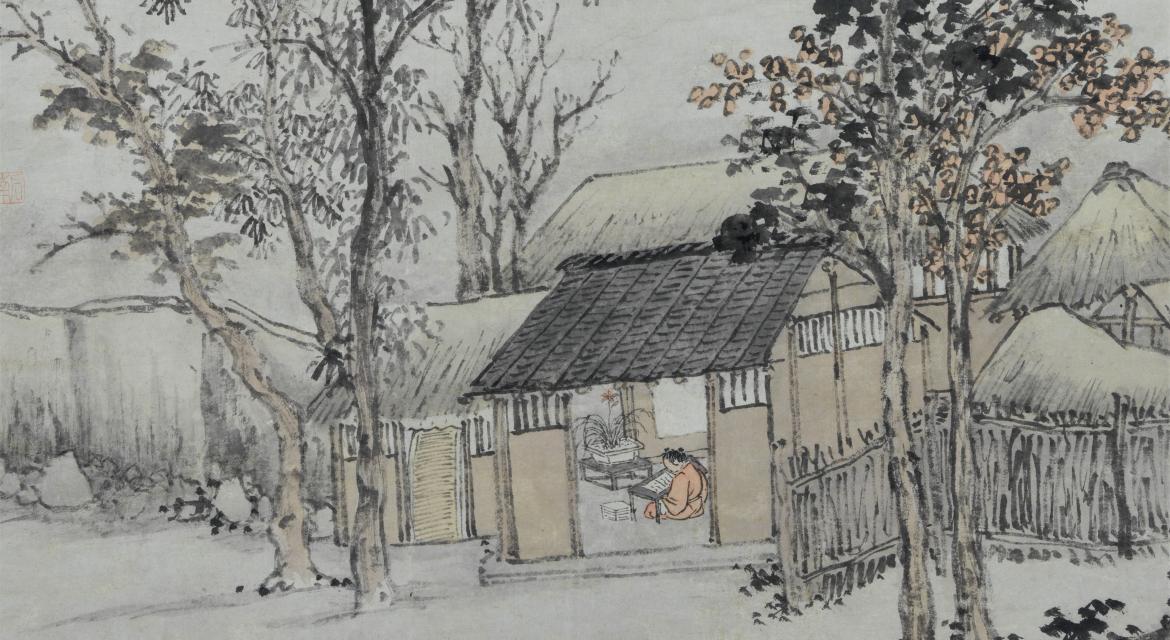
Ink and colors on paper
151 x 64.8 cm
© Hong Kong Museum of Art
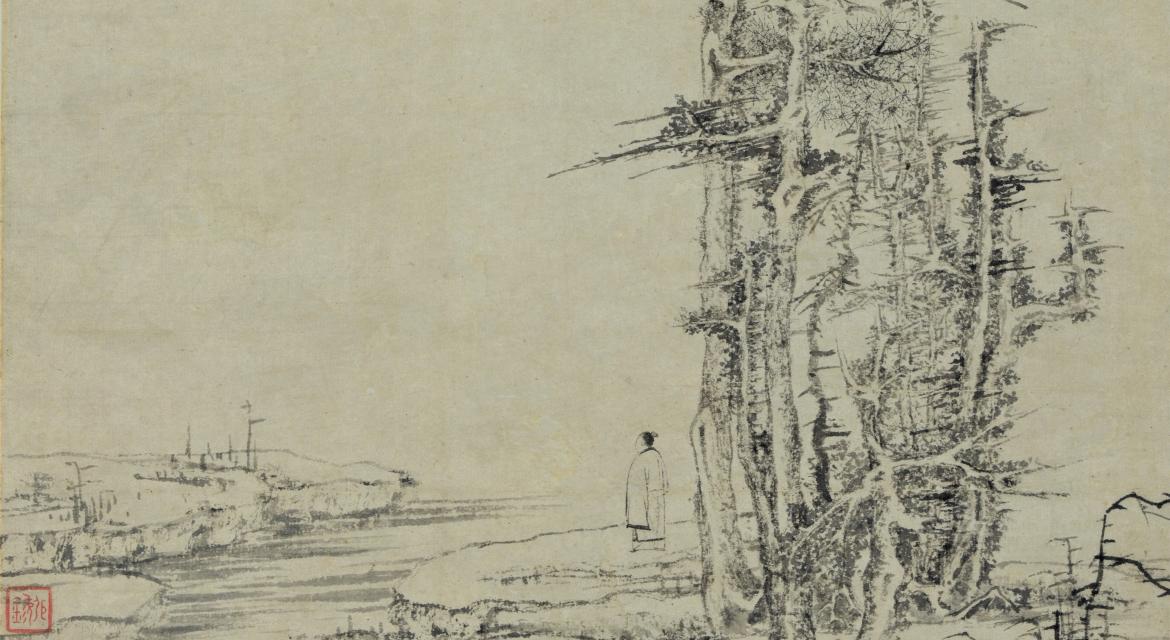
Ink on paper
66 x 29.2 cm
© Hong Kong Museum of Art
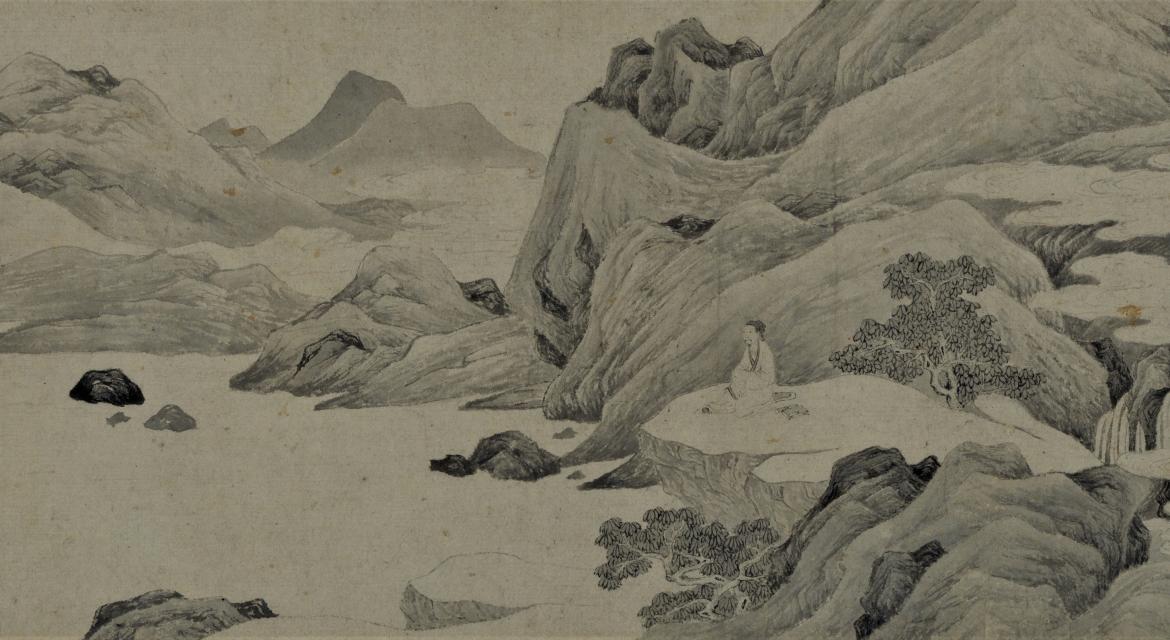
Ink on paper
28 x 117.3 cm
© Hong Kong Museum of Art
The mountain: refuge and inspiration
For these literati, the collapse of the Ming dynasty and the Manchus’ conquest of the empire were deeply traumatic. The capture of Beijing in 1644 and the founding of a new dynasty were followed by forty years of armed resistance. In this climate, many refused to serve the new Qing dynasty and isolated themselves in the mountains. Renouncing their careers as civil servants and hiding their identities, some became monks. This was the case for painters Shitao (1642–1707) and Badashanren (1626–1705), members of the deposed imperial family, who through donning the monastic habit, made the temples their refuge and the mountains their source of inspiration.
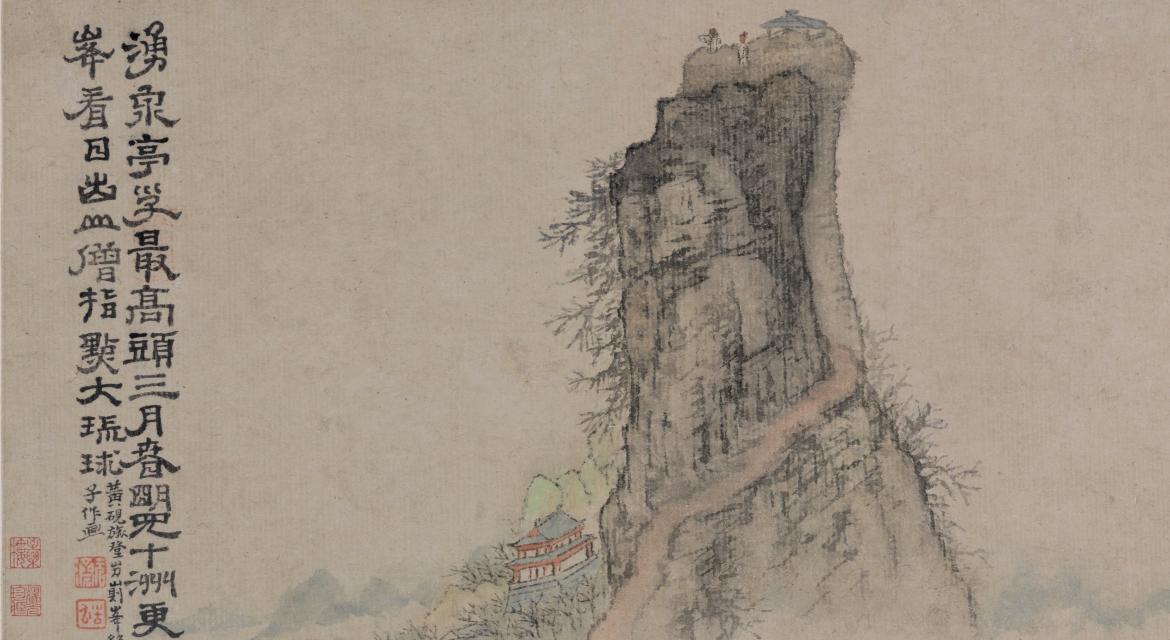
Ink and colors on paper
20.5 x 34 cm
© Hong Kong Museum of Art
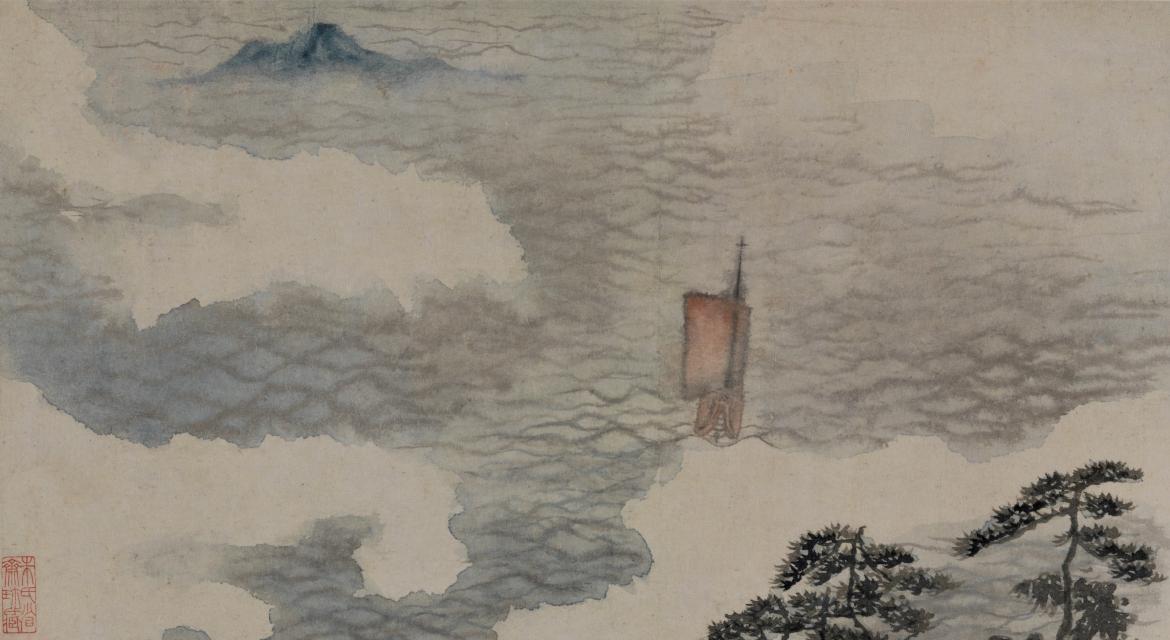
Ink and colors on paper
20.5 x 34 cm
© Hong Kong Museum of Art
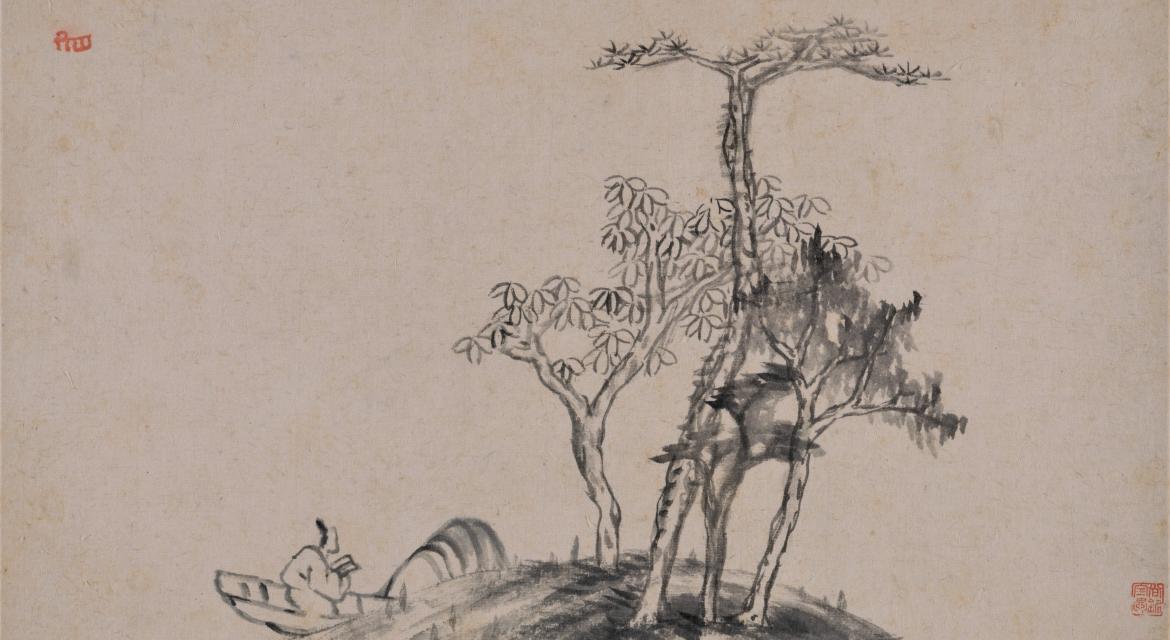
Ink on paper
23.5 x 34.2 cm
© Hong Kong Museum of Art
The Chih Lo Lou Collection of the Hong Kong Museum of Art
The Hong Kong Museum of Art holds more than seven thousand Chinese paintings and calligraphies. Among the most valuable of these are the works from the Chih Lo Lou Collection, donated by the late collector and philanthropist Ho Iu-kwong. This collection, which he began in the 1950s, preserves a heritage that at the time seemed intended to be dispersed. Several decades later, these works joined the public collections of the Hong Kong Museum of Art, where they were presented for its reopening in 2019, following renovations. According to the tradition of ancient Chinese scholars, Ho Iu-kwong gave his collection a literary name: Chih Lo Lou means “Pavilion of Perfect Bliss”. The name evokes both the bliss that is part of contemplating masterpieces, and the bliss that results from an act of generosity.
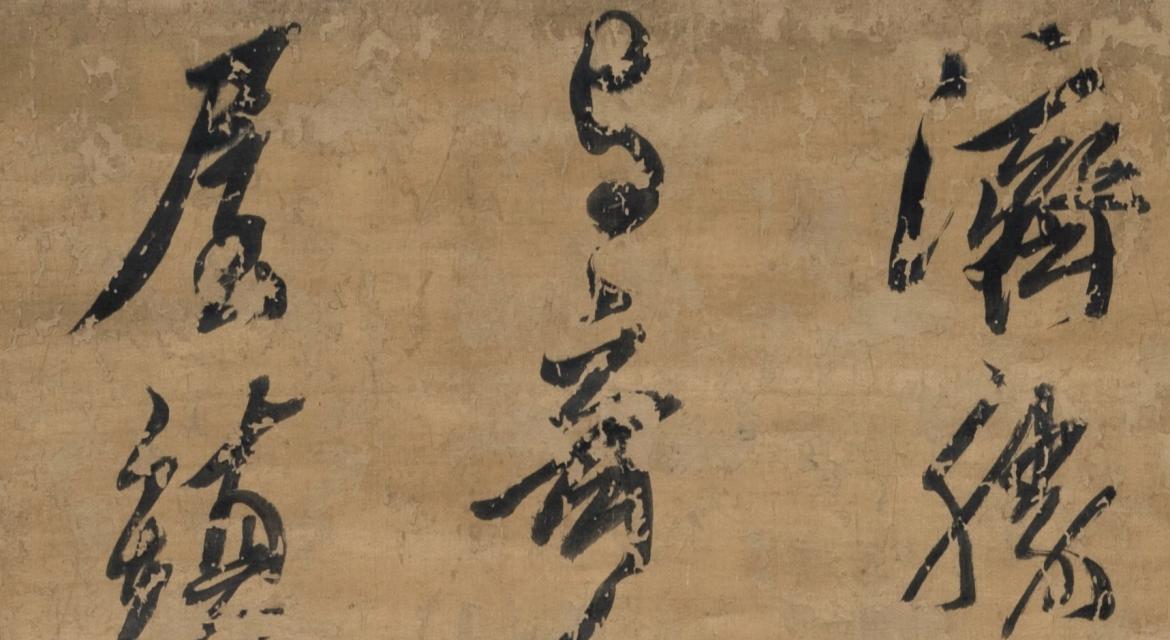
Ink on silk
177 x 53.3 cm
© Hong Kong Museum of Art
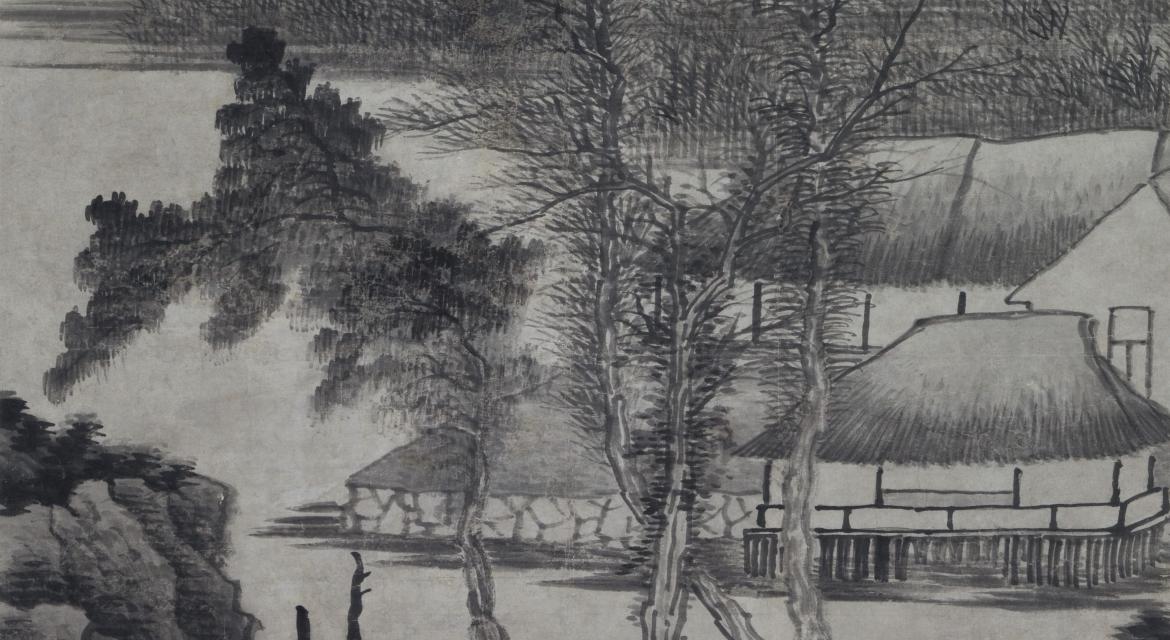
Ink on paper
143 x 70 cm
© Hong Kong Museum of Art
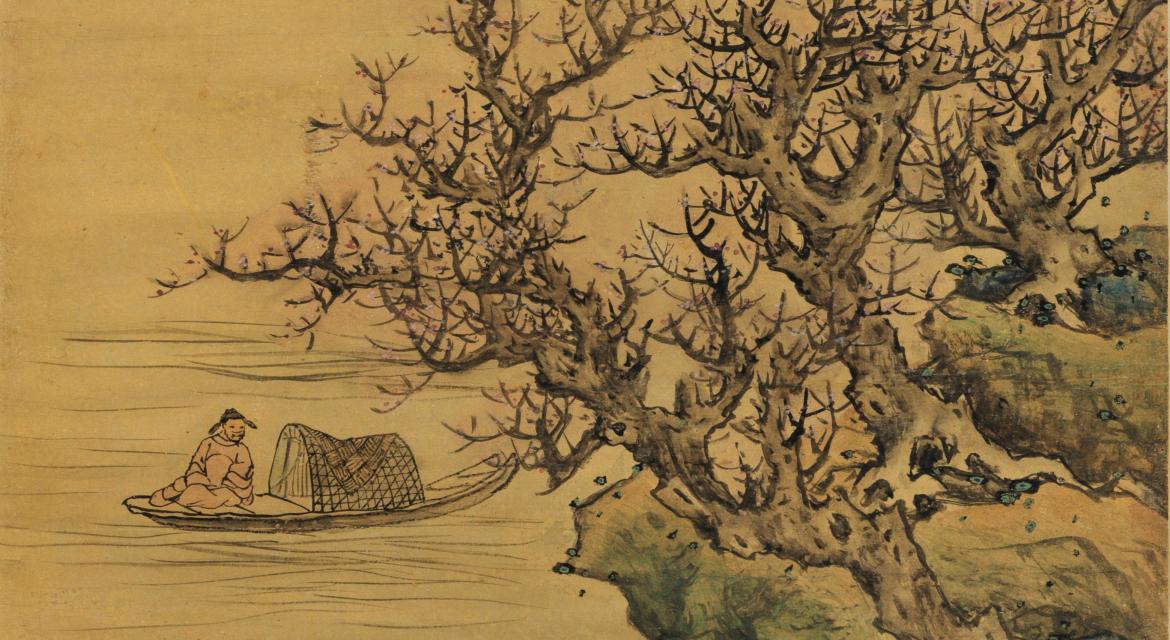
Ink and colors on paper
167 x 44.6 cm
© Hong Kong Museum of Art
This exhibition is jointly organized by the Cernuschi Museum, Paris Museum of Asian Art and the Hong Kong Museum of Art.

